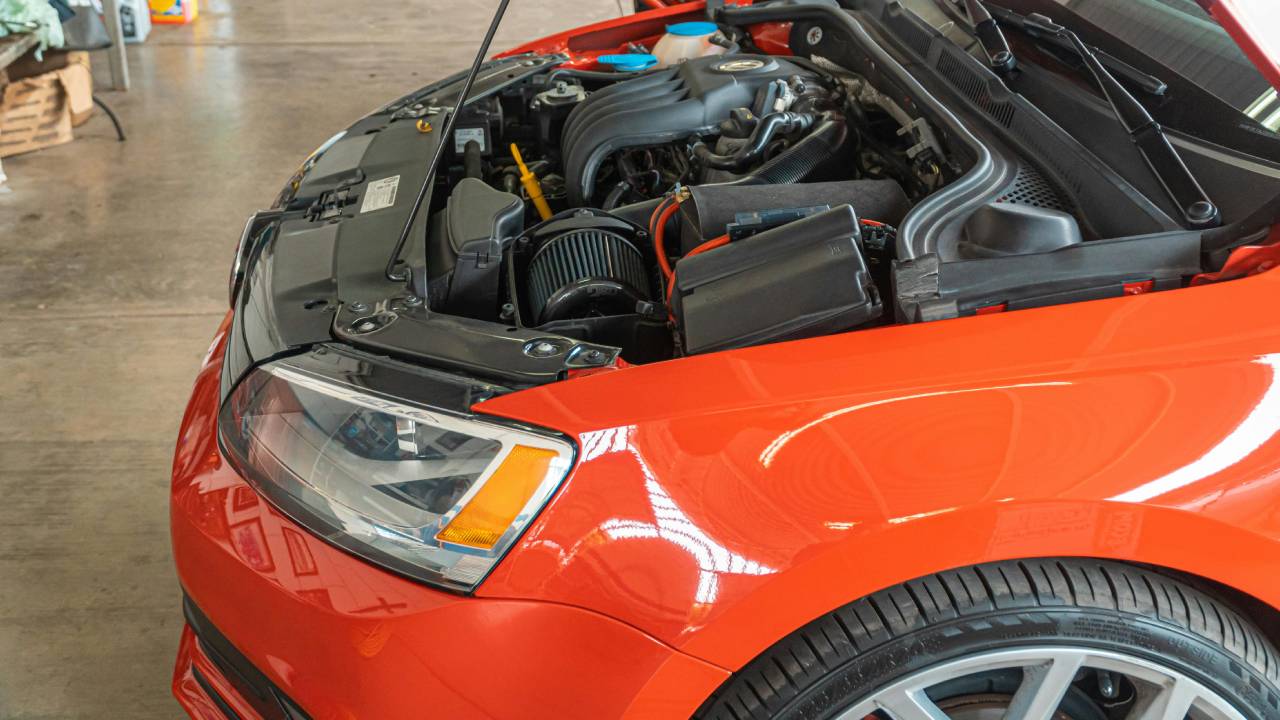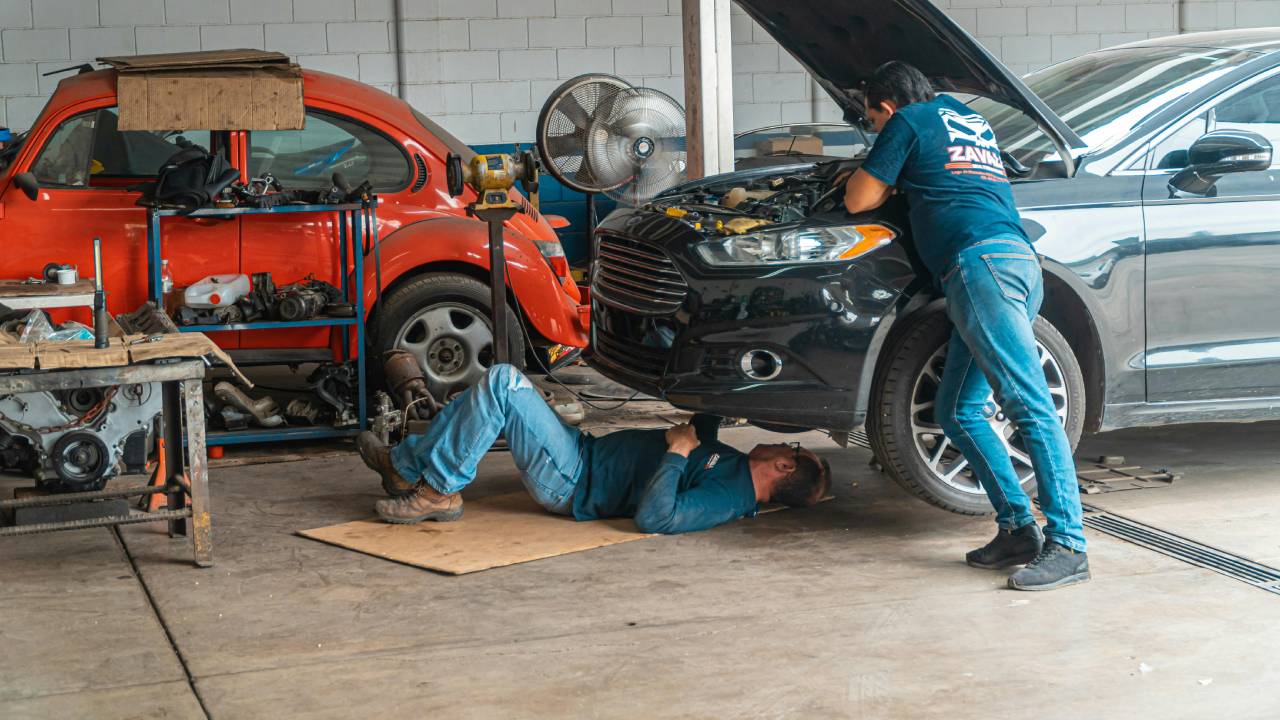Repairing a car doesn’t have to mean breaking the bank, especially when salvage parts are an eco-friendly and budget-savvy option. For DIY car enthusiasts and budget-conscious drivers, reusable salvage parts can cut repair costs while still maintaining safety and performance. Plus, opting for salvaged components is a sustainable choice that reduces automotive waste and the environmental footprint.
If you’re new to using salvage parts or are wondering where to start, this guide will walk you through everything—from understanding what salvage parts are, to learning which ones are most reusable, and even the environmental benefits of giving these components a second life.
What Are Salvage Parts and Where Can They Be Sourced?
Salvage parts are components taken from vehicles deemed unfit for the road, often following accidents or mechanical failures. These cars get dismantled, and any functional parts are cleaned, inspected, and made available for sale. Reusable salvage parts are much more affordable than buying new and are a treasure trove for those who know where to look.
Sourcing Salvage Parts
Here’s where you can find quality salvage parts for your vehicle:
- Auto Salvage Yards: These yards specialize in harvesting and selling functional parts from junked cars.
- Online Marketplaces: Sites like eBay Motors or specialized platforms allow sellers to list inspected, ready-to-go salvage parts.
- Local Mechanics: Some garages source and sell salvage parts to help customers save money on repairs.
Tips for Identifying High-Quality Salvage Parts
Not all salvage parts are equal. Here’s how to ensure you’re getting good value:
- Inspect for Damage – Ensure there are no cracks, rust, or excessive wear.
- Seek Warranty Options – Some salvagers offer limited warranties, giving you peace of mind on key components.
- Match Parts to Model – Double-check that the part is compatible with your make and model.
Top Salvage Parts for Common Car Repairs
Some components are better suited for salvage reuse than others due to their durability and ease of replacement. Here are the most popular categories of salvage parts for car repairs:
1. Engine Components
Engine parts often survive when other areas of a car are damaged, making them ideal for reuse.
- Alternators – These are one of the most common salvage parts, as they can be costly when buying new. A good alternator from a salvage yard can last you several more years.
- Starters – Salvage starters might only need minor refurbishing, and they work like new once cleaned and tested.
- Fuel Pumps – Check the internal components for performance. Salvage fuel pumps can be significantly cheaper than new ones.
2. Body Parts
Accidents can leave vehicles damaged in specific areas while others remain intact. Body components are a popular salvage option.
- Bumpers – Sometimes, only minor dents or scratches can be found on salvaged bumpers. With some touch-ups, they can be as good as new.
- Doors – Instead of expensive customizations, salvage doors come pre-mounted and ready for use.
- Panels – Side panels, quarter panels, and hoods from salvage lots are often in workable condition and much more affordable.
3. Interior Components
Interior components often remain unscathed even in totaled cars, making them solid candidates for reuse.
- Seats – Salvage seats in good condition are a fantastic way to refresh your car’s interior without overpaying.
- Dashboards – Pieces like dashboards, console covers, or glove compartment doors can be reused easily.
- Electronics – Salvage yards are home to functional infotainment systems, window switches, and light control modules—often at unbeatable prices.
Tips for Safely and Effectively Using Salvage Parts
Cutting costs doesn’t mean cutting corners! Here’s how to ensure your salvage part repairs are safe and effective:
- Inspect and Test Thoroughly
Examine every part for cracks, rust, or signs of wear. If possible, test items like alternators or starters to confirm they work as intended.
- Verify Compatibility
Use your vehicle’s VIN to find the exact part you need. Many salvage yards and online stores allow you to search by VIN or car model.
- Follow a Repair Guide
For DIY enthusiasts, follow detailed installation guides or tutorials online. You can also consult a professional mechanic for critical components like brakes or suspension parts.
- Document Repairs
Keep a log of what’s replaced and the condition of the salvage part. It’ll help you track repairs and improve resale value or explain upgrades clearly to potential buyers.
Real-Life Success Stories Using Salvage Parts
Case Study 1
Jessica’s Budget-Friendly Repair
Jessica, a budget-savvy driver, saved over $500 on her sedan’s alternator repair by sourcing a quality-tested salvage part. After replacing it herself using YouTube tutorials, her car ran smoothly—just like new.
Case Study 2
Mike’s Eco-Friendly Modifications
Mike, an eco-conscious car enthusiast, revamped his hatchback’s interior using salvage seats and a dashboard from a junkyard. Not only did it cut his costs in half, but it also reduced waste that would’ve ended up in a landfill.
The Environmental Benefits of Salvage Parts
Adopting salvage auto parts isn’t just good for your wallet—it’s great for the planet!
- Reduced Waste
By reusing durable components like seats, engines, and bumpers, we reduce the number of old parts that end up in landfills.
- Lower Carbon Footprint
The manufacturing of new parts involves significant carbon emissions, from raw material extraction to processing and transportation. Every salvage part reused is one less piece needing energy-intensive production.
Salvage vs. New Parts
An estimated 25% less energy is used to refurbish and reuse salvage parts compared to creating new ones. That’s a win for the environment and your pocket!
Reap the Benefits of Salvage Repairs
Salvage parts offer a triple win for car owners—lower costs, sustainable repairs, and options to personalize vehicles. From alternators to dashboards, these components can give your car a new lease on life while cutting expenses and benefiting nature.
Why not explore your local salvage yard or browse online marketplaces to find high-quality parts for your next car repair? And if you’ve used salvage parts before, we’d love to hear from you! Share your story or questions in the comments below.
Pro Tip
For a reliable source, check out trusted platforms like FindAPartNow or Auto Salvage World to ensure you’re getting tested, high-quality salvage components.

